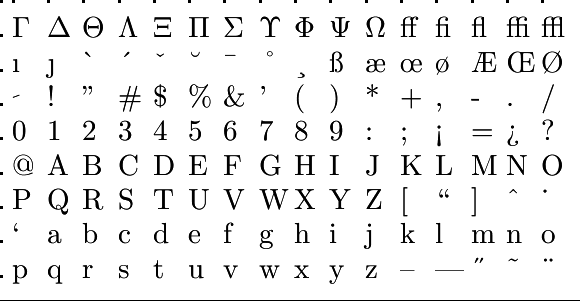Quadratic equations: Parabola
 Quadratics
Quadratics
Quadratics
A formula is called a quadratic if it has the form \[y=\blue ax^2+\green bx+\purple c\] where #\blue a#, #\green b#, and #\purple c# are numbers and #\blue a\ne0#.
Example
\[\begin{array}{rcl}y&=&\blue 3x^2\green{-2}x+\purple 3
\end{array}\]
Reducing to standard form
Quadratics can be expressed in a number of different ways. By expanding the brackets, it becomes clear whether the formula is indeed a quadratic and what the values of #\blue a#, #\green b#, and #\purple c# are.
Example
# \begin{array}{rcl}y&=&\left(2x+2\right)\left(x+3\right)\\ &=& 2x^2+x \cdot 2 +2x\cdot 3+2 \cdot 3 \\ &=& \blue 2x^2+\green 8x+\purple 6 \end {array} #
#a=# #7#
#b=# #14#
#c=# #4#
When we compare #y=7\cdot x^2+14\cdot x+4# with #y=ax^2+bx+c#, we find
#a=# #7#
#b=# #14#
#c=# #4#
#b=# #14#
#c=# #4#
When we compare #y=7\cdot x^2+14\cdot x+4# with #y=ax^2+bx+c#, we find
#a=# #7#
#b=# #14#
#c=# #4#
Unlock full access


Teacher access
Request a demo account. We will help you get started with our digital learning environment.
Student access
Is your university not a partner?
Get access to our courses via Pass Your Math independent of your university. See pricing and more.
Or visit omptest.org if jou are taking an OMPT exam.
Or visit omptest.org if jou are taking an OMPT exam.



